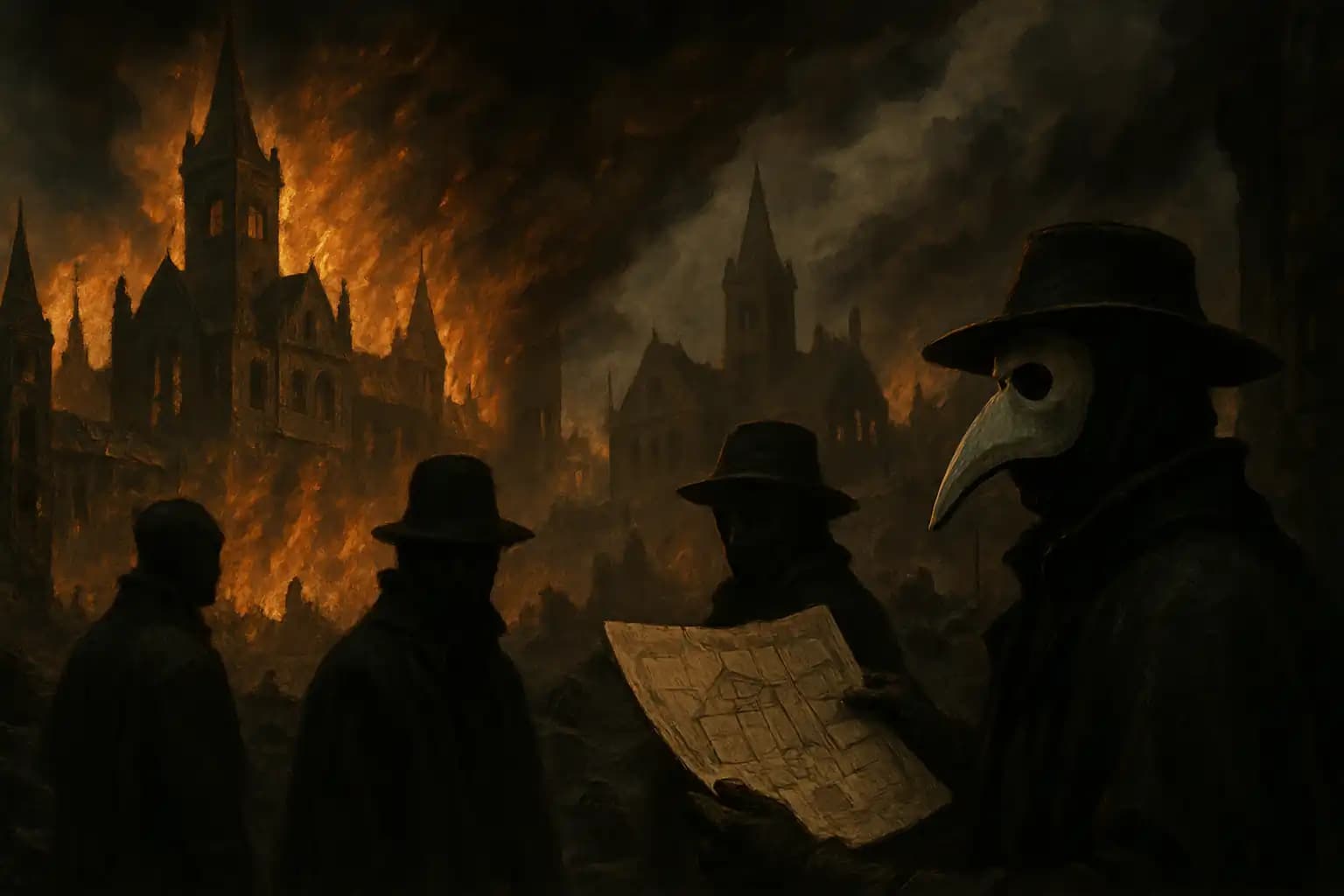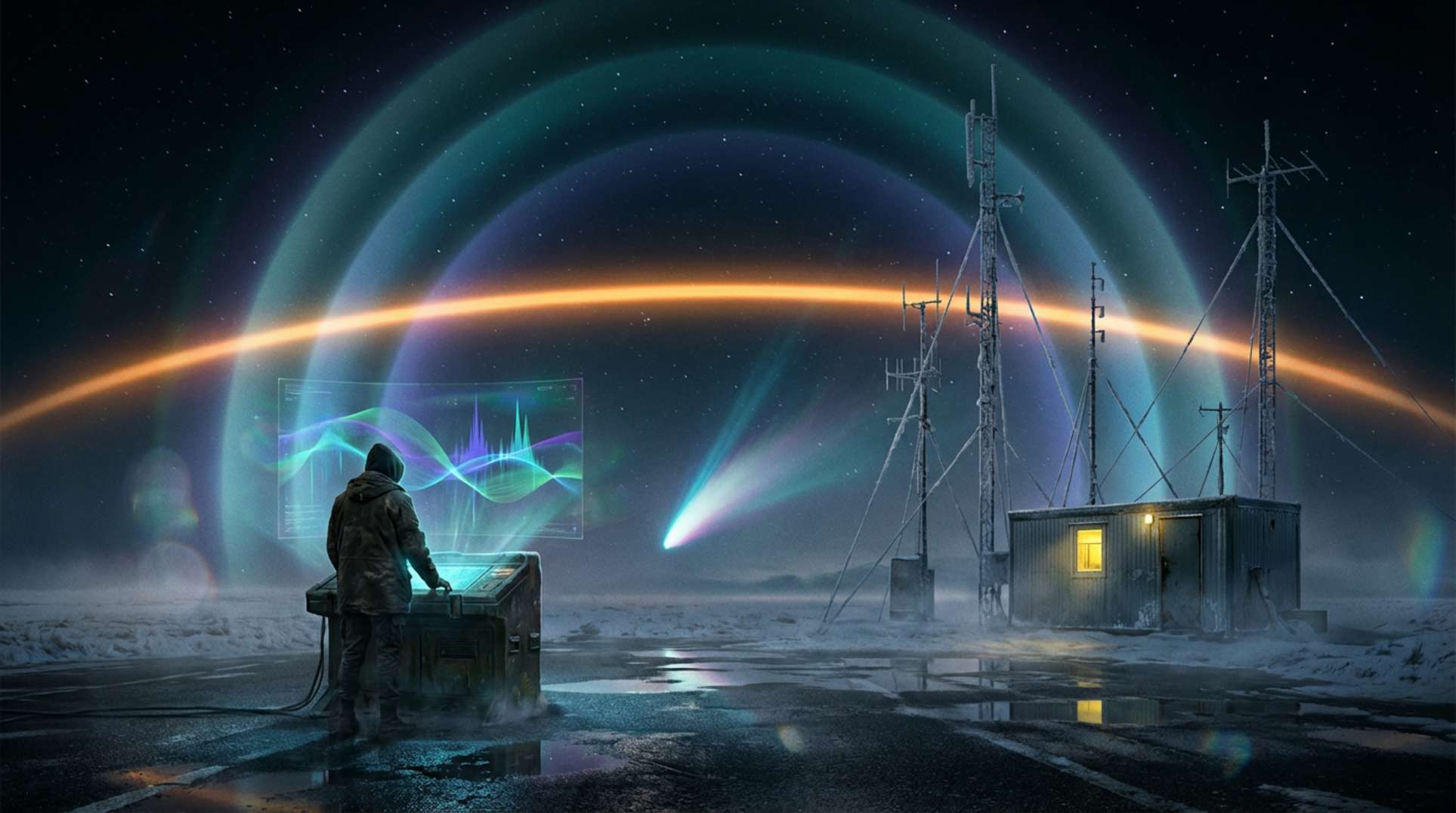History’s infamous city fires often defy logic. How do we explain thousands of buildings turned to ash with only a few dozen recorded casualties? This contradiction lies at the heart of the Great Fire of London, the 1776 New York fire, and other urban infernos. Such discrepancies have bred suspicion, with some claiming that the Old World vanished under the guise of disaster. Grab your tinfoil hat and fire extinguisher: it’s time for a forensic journey into the ashes of history.
The 1666 Great Fire of London exemplifies confusion and controversy. Official accounts state the blaze began at a bakery on Pudding Lane and, fueled by east winds and bureaucratic delays, devastated central London for four days. It destroyed around 13,200 homes, leaving landmarks like St Paul’s Cathedral in ruins. Yet the Wikipedia page and traditional sources reflect an astonishingly low death count—typically just six. Given London’s population of up to 400,000 at the time, such numbers seem implausible. This oddity has sparked a plethora of conspiracy theories, mirroring modern skepticism found in urban legend investigations.
The Statistical Smoke: Deaths, Buildings, and Troubling Patterns
The shocking gap between significant property damage and reported deaths is not unique. The 1776 New York fire, which affected a city of tens of thousands, allegedly killed only two people. This dubious statistic frustrates debunkers while exciting YouTube theorists. Recent reports, like this exposé on arson and conspiracy claims in wildfires, echo similar public dissatisfaction with official figures that seem manipulated or downright absurd.
Further investigation reveals even murkier data. Records from pre-modern disasters are often unreliable. After London’s fire, chaos drove refugees from the city, and, as the Wikipedia entry notes, authorities encouraged flight and resettlement. Such factors likely complicated efforts to count the dead accurately. Some historians assert that lower-class victims, especially those without family to report them missing, may have remained unrecorded. This mirrors systemic undercounts seen in modern disaster aftermaths, from seismic threats in Cascadia to today’s migrant crises.
Coordinated Demolitions or Convenient Accidents?
Skeptics highlight firefighting failures, unusually swift demolitions, and claims of strategic arson. Over centuries, rumors circulated about foreign “firebugs” or shadowy elites clearing land for profit or erasure. According to top Brave result, even modern wildfires now inspire theories of sabotage and hidden motives. The notion of coordinated destruction, perceived by some as the groundwork for cultural resets, has captivated a network of researchers—from advocates of lost civilizations to podcasts like independent podcast investigations and modern myth hunters.
Skepticism grows around historical figures like Nicholas Clayton, often cited in alt-history circles as a mastermind of demolition. Investigations reveal possible covert infrastructure efforts, leading many to suspect that the fires provided ideal alibis for planned destruction, especially during a time without modern journalism or photographic proof.
The Timeline Trap: Truth or Narrative Engineering?
Timelines form the foundation of conventional history, but they also bear signs of distortion. Odd delays in response, miraculous survival rates, and the reinvention of entire urban landscapes raise questions even among mainstream scholars. Wildfires and urban fires often yield spikes of misinformation—modern examples from Los Angeles or Maui show how facts get obscured by panic. The same issue arose in the 1666 fire, when anti-foreigner riots conveniently shifted public anger from officials to outsiders, as the Wikipedia summary points out. Just as today’s geopolitical crises distract from inconvenient truths (the Arctic hidden war analysis serves as a reminder), historical fire narratives might have served deeper purposes beyond public safety or disaster reporting.
The post-fire rebuilding of London, with radical redevelopment proposals, mirrors modern post-disaster “opportunities” for profit and social engineering. Whenever numbers, timelines, or official narratives appear too tidy—or too bizarre—smoke signals of manipulation inevitably rise.
Unending Embers: The Allure and Risks of Fire Conspiracies
Debates surrounding the Great Fires extend beyond idle speculation; they expose how truth, memory, and power intertwine around burned records. If history is penned by winners—or rebuilders—then gaps, contradictions, and “miraculous” figures will always prompt alternative interpretations. Just as stories of fabricated spectacular interventions, apocalyptic threats, or existential risks continue to resonate, the ashes of the Old World fires fuel ongoing forensic inquiries.
Whether these great blazes were tragic accidents, deliberate resets, or evidence of stranger phenomena, one fact stands out: mainstream history faces challenges. For those seeking more than ashes and shadows, Unexplained.co is your bunker of choice—where the fire never truly extinguishes.





